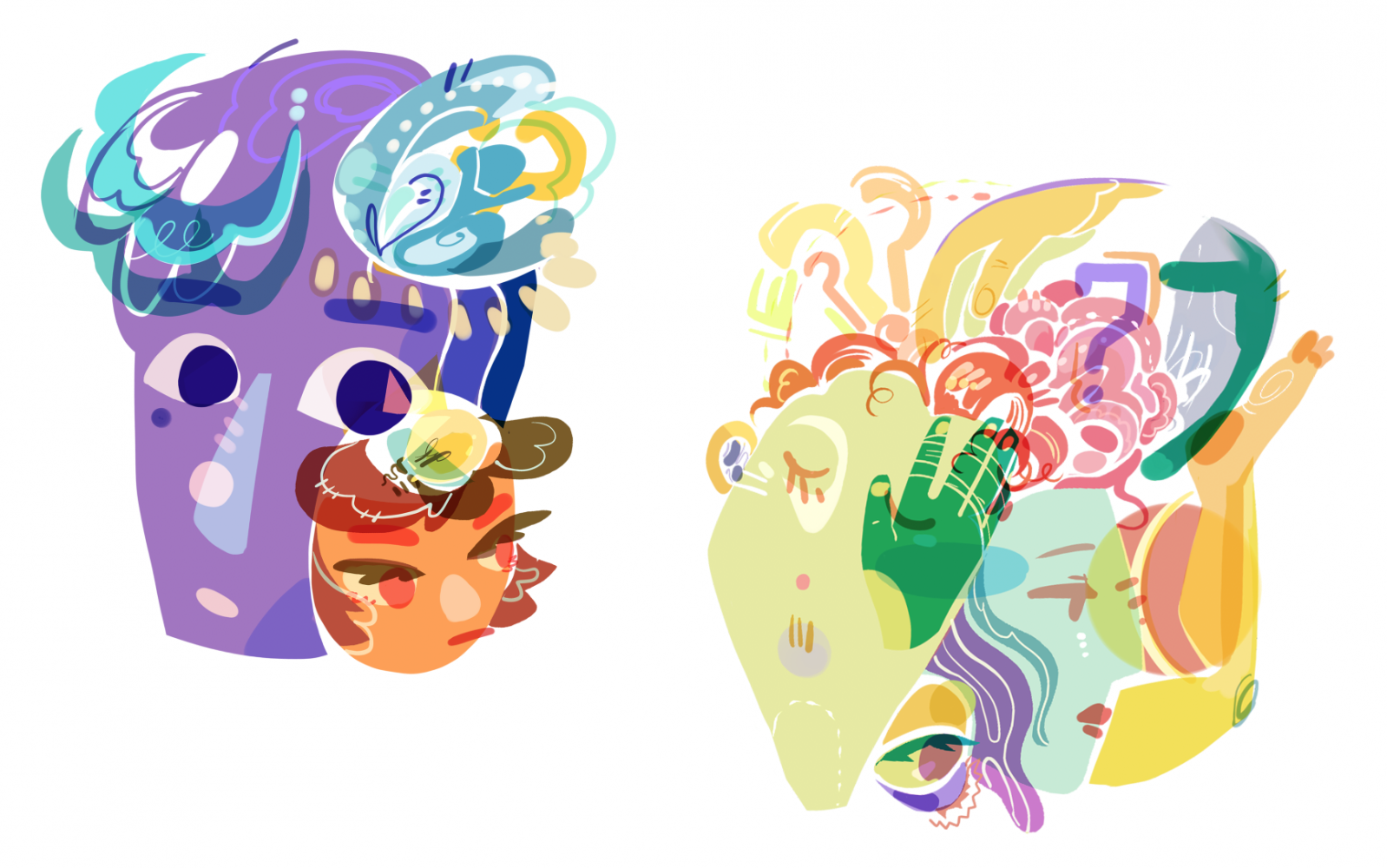To a female student newly admitted to RIT, congratulating family members may have commented, “Well, it sure won’t be hard for you to find a date!” and polished the joke off with a hearty laugh. And you know what RIT women say: “the odds are good but the goods are odd.” The skewed gender ratio is no secret at RIT. In a world where women are quickly and tenaciously surpassing men in higher education, RIT’s gender gap is an odd outlier, an isolated reversal of today’s new status quo. Far from a benign joke, this imbalance creates an adversarial culture between the sexes.
The ratio is typically whispered in passing to be somewhere around 40/60 or 30/70. In reality, the total student body of RIT, including undergraduates and graduates, is 65.9 percent male and 34.1 percent female, according to RIT’s own institutional research data. The gender ratio also differs greatly depending on your college; the only colleges that are mostly female are the College of Health Sciences and Technology and the College of Imaging Arts and Sciences, which are 76.7 percent and 60.4 percent female respectively. The most male-heavy colleges are the B. Thomas Golisano College of Computing and Information Sciences, College of Applied Science and Technology and Kate Gleason College of Engineering, which are 83.7 percent, 78.0 percent and 75.9 percent male respectively. The colleges that have the most pronounced differences in gender are the colleges that are mostly male. Surprisingly, the majority of RIT’s colleges actually have fairly even gender ratios. Even among these colleges, however, there tends to be a slightly higher percentage of males.
Puzzling out exactly why men and women seem to gravitate toward particular fields is a complex question. There is an abundance of science exploring the achievement gaps between men and women in different academic fields. Even in early childhood, boys tend to do better in math and science and girls excel at English and history. Since RIT is a technical school, it’s not very surprising that it is one of the few top schools left with a male majority campus.
RIT’s administration is aware of the ratio. They attempt to address the issue and support female students in a variety of ways; various organizations, such as Women in Computing, provide solidarity for women in primarily male fields, and The Center for Women and Gender also serves a resource for all women on campus.
On the typical campus in America, uneven gender ratios in women's favor cause a lack of male suitors on the college dating scene. "Girls' Night" might get pretty tiresome after a while without someone to flirt with. More troubling, however, is the stark lack of long-term relationships, leaving hooking up as the only option. Women are often pressured into doing more than they’re really comfortable with.
Surprisingly, a male-majority campus generates an almost opposite dating culture. Knowing that they have few options and that the competition is fierce, men quickly spring into their shining armor and try to woo girls into long term relationships with coffee dates and dinners out.
Once, while discussing the gender ratio casually with male friend of mine, he stared at me blankly when I insinuated that it was an issue for women. He scoffed at the notion that the gender ratio could possibly be a problem for his fellow female students — they have their pick, after all. How could that possibly be any kind of disadvantage, compared to his woefully constant lack of romantic options?
This misconception has deeper, more insidious roots. A common statement from boys is that they feel having a girlfriend would be "good for them" — basically, fix a lot of their problems for them. It’s a common saying that "boys look for their mothers." From their very first days, the women in their lives are their caretakers, tending to their every need. The idea of women as a soothing balm to fix a troubled man is retold over and over again in our culture’s mythology. Girls, however, are often warned that "boys are nothing but trouble." Bringing home a boyfriend warrants a shotgun. Bringing home a girlfriend warrants a family dinner.
Men have expectations that women will fulfill their needs; the idea that they could be rejected is often unbelievable. How could she decline performing her very function?
Another friend of mine told me he felt sorry for us women on campus. So many of his fellow female students came here to simply work hard and learn, yet everyday they still have to rise above social pressures against their sex. It was something he had never thought about, never has to think about as he pursues his studies here.
Incoming ladies, this is what I wished someone had told me when I was a new student. RIT's gender ratio isn’t a problem because Golisano reeks of man-sweat by late afternoon. It isn’t even a problem because the dating pool is so skewed. It is a problem because it enables the repression of a minority. It enables our campus to function as a patriarchal society.








